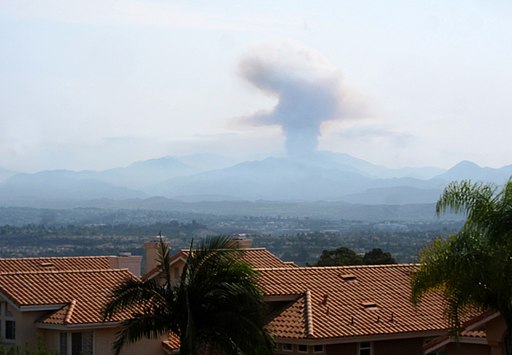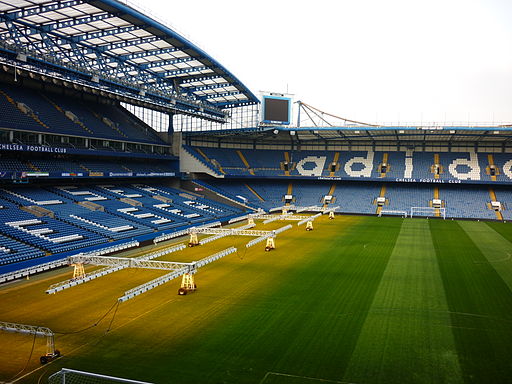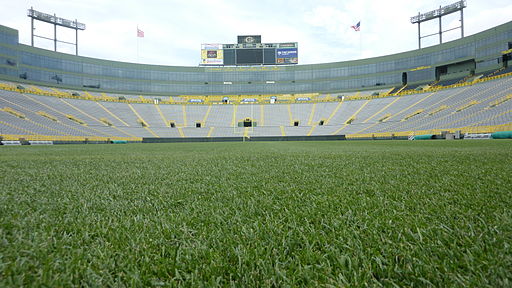Hey, Stupid!

Photoshopped picture by Taymaz Valley.
Questioner asks: Last week was bitterly cold throughout much of the U.S., and of course you chimed in about that on Twitter. This week, high temperatures in the Midwest and Northeast are forecast to rebound above freezing, and in Washington, D.C., where you can sometimes be found when you’re not on a golf course, are forecast to be in the 50s, 60s, even 70s. That’s pretty warm for mid-winter, even in D.C.. Will you be making any follow-up comments about that on Twitter?
Hey, Stupid! responds: Pffft! Sounds like good weather – or climate, or, you know, whatever – for hitting the links. Nice to get in 18 holes without having to go all the way to Mar-a-Lago this time of year.
HS: It’s the difference between owning the libs by throwing red meat to my base and another slow news day. Next question!
Q: As an erstwhile casino owner, couldn’t you view weather as individual wins and losses, and climate as long term profits assured by the house edge?
HS: You think you’re real smart, don’t you? Security! Interns!
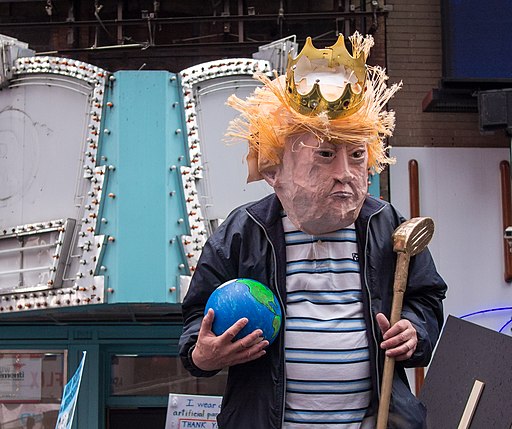
A demonstrator at the April 2017 March for Science in New York City. Photo by Rhododendrites.
Q: Haven’t you taken practical, business measures to ward off the effects of climate change privately, while denying there are any such effects publicly?
HS: I like walls, that’s all! Border walls, sea walls, all sorts of walls. You keep asking smart aleck questions and you’ll be looking at prison walls.
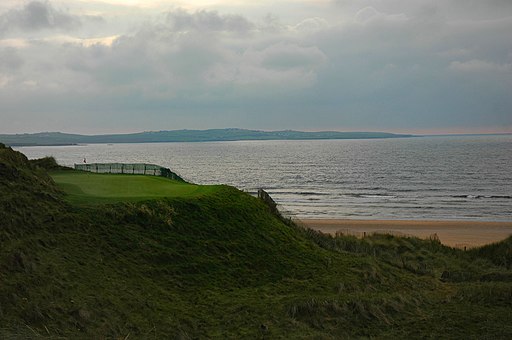
The green at the 14th hole of Doonbeg Golf Club, now known as Trump International Golf Links and Hotel, Ireland. Photo by Terrance Siemon.
HS: What a dumb question! You’re always asking dumb questions! Of course it does.
Q: When you say “throwing red meat” to your base, what exactly do you mean?
HS: I mean I know what they like, and what they like is anything that gets a rise out of pointy-headed, know-it-all liberals and scientists. It doesn’t matter if it’s true or not. Facts are irrelevant. What matters is reassuring them in their ignorance.
HS: Nah. But mostly I prefer saying how I could shoot somebody in the middle of Fifth Avenue and not lose any voters. People like the optics of that.
Q: So it doesn’t make any impact on your base of support to point out how climate change will affect everyone, even them, and especially their kids and grandkids?
HS: First of all, nothing ever affects everyone equally. The rich will always manage to skirt the consequences of their actions. It’s the poors who will suffer the worst effects – and I’m not saying there will be any, because you know it’s a Chinese hoax – anyway, the poors will suffer if there are any problems, and no one cares about them. Meanwhile, get what you can today, Make America Great Again, and let the Chinese worry about tomorrow if global warming is such a big deal to them.
HS: Yeah, but they all imagine they could be like me one day. The people I’m talking about, and they know who they are and my supporters know who they are, are the Other ones, the ones who are looking for government handouts and are rapists and druggies.
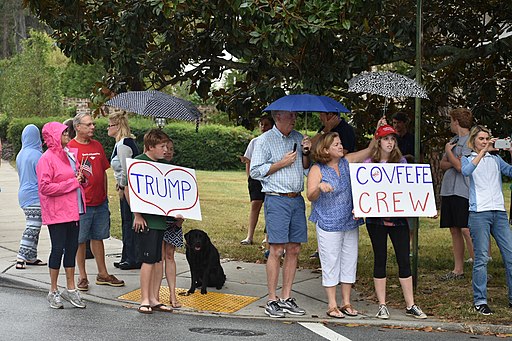
Supporters of the current president turn out to welcome him on a fundraising trip to Greensboro, North Carolina, in October 2017. Photo by Anthony Crider. The same flubs and ignorant or hateful remarks that dismay Democrats and even some Republicans serve as badges of solidarity for these people.
HS: Yup, that’s about the size of it. You forgot to mention jobs. Dangle jobs in front of them and they’ll go for anything, never mind whether the jobs materialize or not, because when they don’t, it happens down the road. They have short memories, these people, Lord love ’em. By the time the temperature hits 70 later in the week, they won’t make any connection with my comments from last week. That kind of critical thinking is for people wearing pointy wizard’s hats, not good ol’ MAGA hat wearing Americans like my people, the Second Amendment people – they’ll only remember the rosy glow of how I outraged the libs and scientists and got them sputtering mad over my very stable genius remarks. Never mind the change in the weather. Or climate or whatever.
— Izzy 

